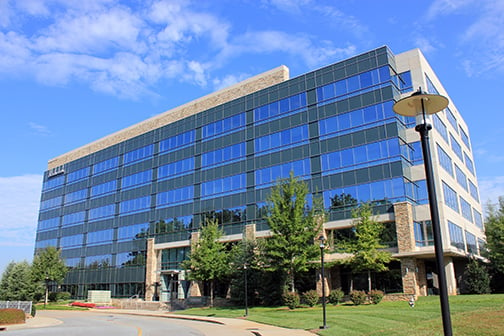 As the serious consequences of climate change have been better understood by modern climate models, focus has rested on the reduction in overall carbon dioxide emissions. While the effects of carbon dioxide on the climate are taught in most schools in the United States, and the pictures of the so-called “greenhouse effect” on climate are ingrained into most of our minds, the link between green buildings and a reduction in carbon dioxide emissions is often passed over. This link, however, is vitally important to understand so that builders, architects, and engineers understand the great societal value of green buildings, not to mention the value to their own pockets. There are two main ways that green buildings reduce carbon dioxide emissions, which in turn helps the overall climate.
As the serious consequences of climate change have been better understood by modern climate models, focus has rested on the reduction in overall carbon dioxide emissions. While the effects of carbon dioxide on the climate are taught in most schools in the United States, and the pictures of the so-called “greenhouse effect” on climate are ingrained into most of our minds, the link between green buildings and a reduction in carbon dioxide emissions is often passed over. This link, however, is vitally important to understand so that builders, architects, and engineers understand the great societal value of green buildings, not to mention the value to their own pockets. There are two main ways that green buildings reduce carbon dioxide emissions, which in turn helps the overall climate.
Reduced Losses during Fabrication
For many green buildings, the raw materials and components themselves are purchased from green suppliers. These suppliers adhere to strict standards and controls to ensure that their production methods conserve natural resources and reduce overall carbon dioxide emissions. Some of the ways that they do this include more efficient processes designed to reduce energy consumption during fabrication; transporting goods on more efficient means of transportation, and leveraging new and growing technologies like solar power to reduce dependence on fossil-fuel-based (and heavily carbon dioxide-emitting) power plants.
Furthermore, green buildings are erected in a way that minimizes inefficiencies and leverages modern materials science in a way to reduce overall emissions even during construction. Contemporary green building materials can dramatically reduce the overall carbon dioxide emissions, both in their construction and in their installation.
Reduced Energy Consumption during Operation
Some of the greatest benefits to the environment from green buildings come after the construction phase is concluded, and the building settles into a daily operation grind. Because most of the power grid around the world, and especially in the United States, relies heavily on fossil fuels–natural gas, coal, and oil–for the production of energy, every kilowatt hour used by a building is indirectly releasing carbon dioxide into the air. The advantage of a green building that uses less energy, then, is obvious: a reduced overall usage of energy, whether from energy-efficient appliances, passive heating and cooling, or sustainable architectures can dramatically shrink a building’s overall carbon footprint or even make it a net positive on the environment.
The great thing about building with a mind towards sustainability is that the same practices which protect the environment from excessive carbon dioxide production have the beneficial side effect of often reducing a building owner’s overall expenditures on building maintenance. Sustainable architecture, by definition, is designed to last without needing continual repair or refurbishment, but instead to work with, instead of against, the natural world. Using well-constructed, stable materials in concert with well-made equipment can save the building owner money while also leading towards environmental benefits.
Contact us to Learn More
Sustainable Investment Group (SIG) is a firm dedicated to the spread of green building techniques and technology around the world. By focusing on three main areas–LEED Exam Prep Training, Engineering Services, and LEED Consulting–the team at SIG dedicates itself to spreading awareness of the benefits for both building owners and operators and society in general of sustainable architecture. If you have any questions or wish to schedule a training, please contact SIG here. We are willing to travel internationally to bring these techniques to as many people as possible, and have taught classes in Hawaii.



